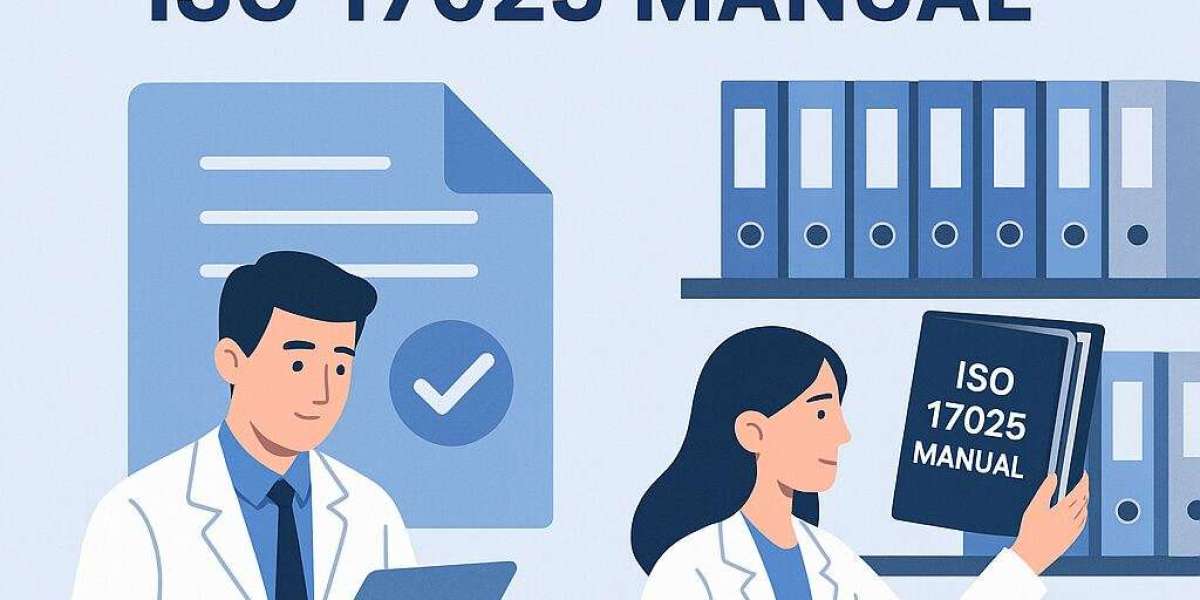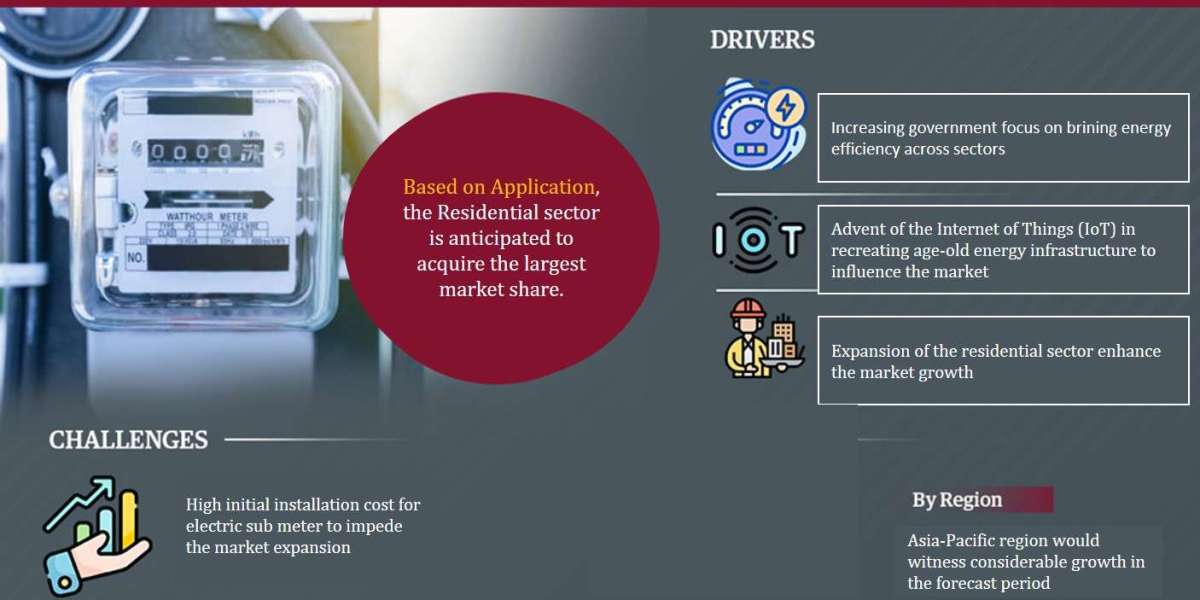In any laboratory accredited or seeking accreditation under ISO 17025, maintaining an effective document control procedure is essential for ensuring accuracy, consistency, and compliance. The ISO 17025 manual serves as the central framework that guides laboratory operations, and one of its key components is the set of procedures for document control. Without well-defined document control processes, laboratories risk inconsistencies, outdated instructions, and non-compliance during assessments.
This article explores the importance, structure, and implementation of document control procedures within the ISO 17025 manual, along with best practices to manage ISO 17025 documents efficiently.
- Understanding Document Control in ISO 17025
Document control refers to the process of managing the creation, approval, distribution, revision, and storage of documents to ensure that only the latest, authorized versions are in use. In the context of ISO 17025, document control is crucial because it directly impacts the quality and reliability of testing and calibration results.
The ISO 17025 manual outlines these procedures clearly so that all laboratory staff know how to handle ISO 17025 documents such as quality policies, standard operating procedures (SOPs), test methods, calibration protocols, forms, and records.
- Why Document Control Matters
The importance of document control in an ISO 17025 manual can be summarized as follows:
- Compliance – Accreditation bodies expect laboratories to maintain strict document control to demonstrate adherence to ISO 17025 requirements.
- Consistency – Ensures all staff follow the same approved methods and instructions.
- Traceability – Maintains a record of all changes for accountability and audit purposes.
- Error Prevention – Reduces the risk of outdated or incorrect documents being used in testing or calibration activities.
- Key Elements of Document Control in an ISO 17025 Manual
A well-structured ISO 17025 manual should address several important aspects of document control, including:
- Document Identification
Every document must have a unique identifier, such as a title, document number, version, and date of issue. This ensures that staff can quickly determine the correct document to use.
- Document Approval
Before a document is issued, it must be reviewed and approved by authorized personnel to confirm its accuracy, completeness, and compliance with ISO/IEC 17025 requirements.
- Document Distribution
The ISO 17025 manual should specify how ISO 17025 documents are made available to staff, whether through physical copies, shared drives, or document management software. Only the latest version should be accessible.
- Document Revision and Updating
Whenever changes are made to a document, a formal revision process should be followed. The new version must replace the old one, and all users should be informed of the update.
- Document Archiving and Retention
Obsolete documents should be archived for reference, with clear labelling to prevent accidental use. The ISO 17025 manual should specify how long these records are retained.
- Implementing Document Control Procedures
Implementing effective document control in a laboratory involves the following steps:
- Establish a Document Control Policy – This is typically defined in the ISO 17025 manual and sets out the rules for managing documents.
- Assign Responsibilities – A document control officer or quality manager should oversee the management of all ISO 17025 documents.
- Use Document Management Tools – Many laboratories adopt digital systems to ensure easy retrieval, version control, and secure storage.
- Train Staff – Employees should understand how to access, use, and update documents in compliance with the manual.
- Monitor and Audit – Regular internal audits ensure that document control procedures are being followed correctly.
- Common Challenges in Document Control
Even with well-written procedures, laboratories may face challenges such as:
- Staff using printed copies of outdated procedures.
- Poor version tracking leading to confusion.
- Delays in document approval or distribution.
- Lack of awareness about updates to ISO 17025 documents.
Addressing these challenges requires a proactive approach, regular training, and the use of efficient tracking systems.
- Best Practices for Managing ISO 17025 Documents
To maintain a smooth document control process, laboratories should:
- Keep the ISO 17025 manual accessible to all relevant staff.
- Maintain a document master list showing current versions.
- Use digital signatures and approval workflows to speed up document updates.
- Clearly mark obsolete documents to avoid accidental use.
- Schedule periodic reviews to keep all ISO 17025 documents current and relevant.
- Role of Document Control in Accreditation Success
During an accreditation assessment, auditors will review the ISO 17025 manual and verify that document control procedures are being followed. They will check for proper versioning, authorized approvals, and consistent use of current documents in testing and calibration activities. Laboratories with strong document control systems tend to face fewer non-conformities and have a smoother audit process.
Conclusion
Document control is a vital component of the ISO 17025 manual that ensures laboratories operate with accuracy, consistency, and full compliance. By establishing clear document identification, approval, distribution, revision, and retention processes, laboratories can safeguard the integrity of their ISO 17025 documents and maintain their accreditation with confidence. A well-implemented document control system not only meets ISO 17025 requirements but also supports operational efficiency and continuous improvement.



